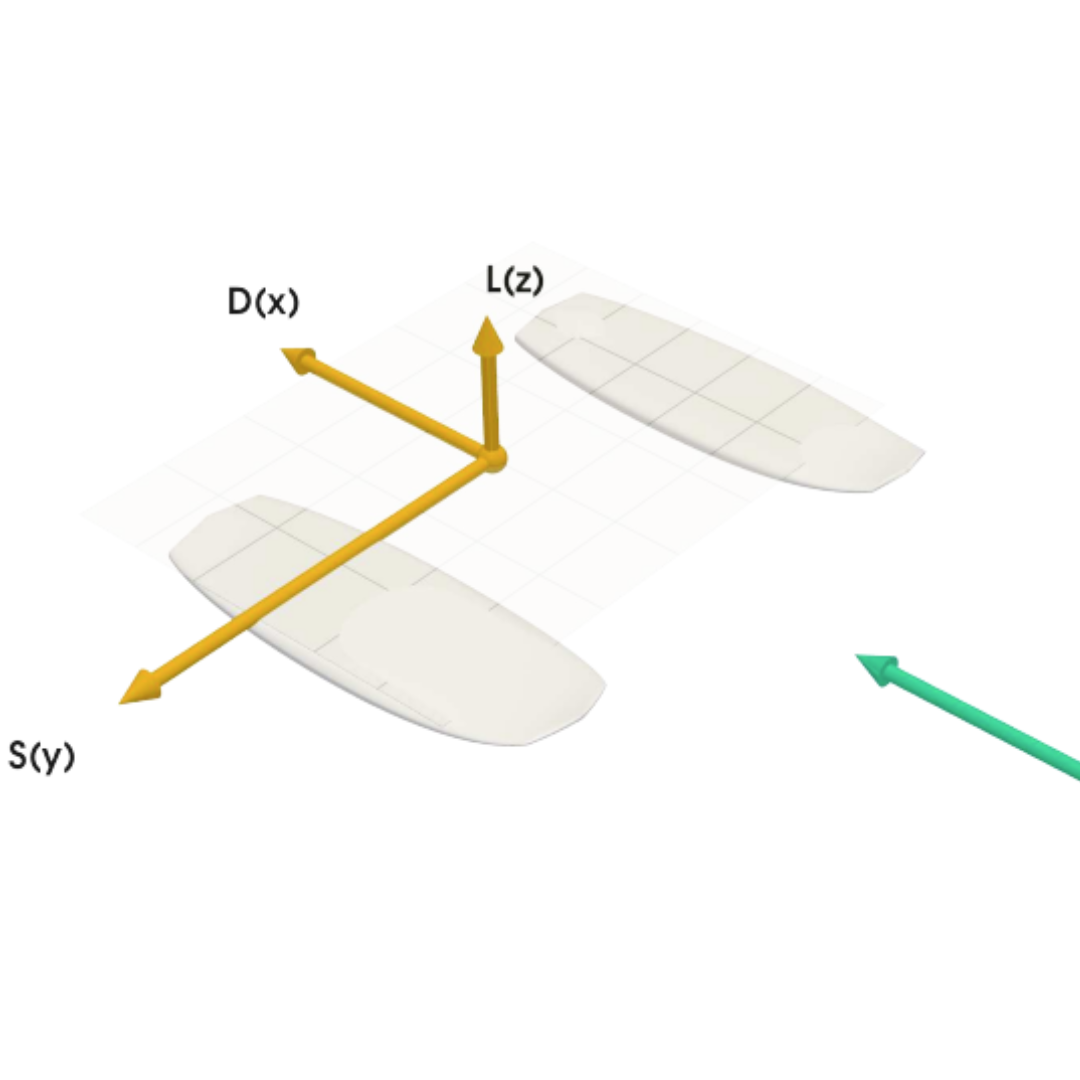
Mastering Linear Speed in Wakesurfing
Share
Wakesurf board speed is one of the easiest aspects of performance to identify. It’s one of those things that you know it when you see it. But there's more to it than just how fast you can shoot forward on a wave. In our previous post "The Speed Factor: How It Shapes Wakesurf Board Performance", we broke speed down into two parts: linear speed and rotational speed. In this post, we’ll dive deeper into linear speed—the backbone of how your board moves across the water and a critical piece to enhancing your ride.
What Exactly Is Linear Speed?
Linear speed is all about how quickly your board can move from one point to another in a straight line. It’s the feeling you get when you shift your weight to your front foot, and your board surges forward, closing the gap between you and the boat. In more technical terms, linear speed refers to the time it takes for your board to cover a set distance on the water.
The faster your board’s linear speed, the quicker you can move across the surface. This doesn’t just improve your ability to keep up with the wave, but also gives you more control and a greater range of tricks—whether you’re getting ready to pop off for a jump or recovering from a shuv further back on the wave.
How Linear Speed Affects Your Ride
If you've ever felt like you're riding a board that's constantly trying to catch up with the wave, then you’ve experienced the effects of lower linear speed. The faster your board, the less effort you have to put in to maintain position, and the more maneuverability or agility you gain.
A high linear speed allows you to:
- Recover faster: When you drop back on the wave, a fast board will get you back to the sweet spot quicker, reducing the risk of falling out of the wave altogether.
- Ride smaller boards: Boards with high linear speed are more efficient, allowing you to downsize without sacrificing stability or control. This is good for increasing agility on the water.
- Optimize for tricks: A faster board gives you more flexibility to execute aerials or other tricks since you’re spending less time catching up with the wave.
How We Measure Linear Speed
At Smith Board Co, linear speed is a major focus in our design process. By measuring the time it takes for a board to travel a set distance under controlled conditions, we can quantify how different materials, shapes, and features impact speed.
When testing, we often look at factors like:
- Drag reduction: How much resistance does the board face as it moves through the water? A sleek, hydrodynamic design minimizes drag, allowing the board to move faster.
- Weight distribution: Heavier boards can feel sluggish, while lighter boards tend to accelerate quicker. However, it’s all about finding the right balance between speed and stability.
- Surface contact: The less board surface area in contact with the water, the faster it can go. Features like a narrower tail or beveled edges help reduce friction.
The Impact of Board Design on Linear Speed
Different design elements can significantly affect linear speed. For example, boards with more surface area may create extra drag, slowing down the ride. On the other hand, a board with a narrower profile will encounter less resistance, allowing for a faster forward motion.
Here's how some design choices impact linear speed:
- Tail Shape: Snub tails (short, squared-off tails) tend to create more drag, which can slow down linear speed. On the other hand, a more pointed tail helps the board cut through the water with less resistance.
- Material: Lighter materials tend to increase linear speed, as they reduce the board’s overall drag and allow for quicker acceleration.
- Rockers: A flatter rocker provides less resistance on the water’s surface, making it easier to glide forward quickly. Boards with higher rockers (curved shapes) are better for tricks but may sacrifice some linear speed in favor of agility.
The Future of Linear Speed in Board Design
As we continue refining our designs at Smith Board Co, optimizing linear speed remains one of our top priorities. Each year, we push to make boards that not only go faster but do so in a way that enhances the boards overall performance and the rider’s experience. The end goal is to create boards that allow for maximum speed without compromising agility.
